The work in question depicting a broad glimpse of the Grand Canal with the Rialto bridge in the distance must be considered a precious pictorial document linked to the youthful activity of Jacopo fabris (Venice 1689 - Copenhagen 1761).
The latter today represents a rather nebulous personality for artistic historiography, although, unlike other eighteenth-century masters active in the lagoon, his biography is outlined in the fundamental stages. The documentary sources hand down his move to northern Europe starting from 1719, the year of his assignment as court painter in Karlsruhe, where the artist mainly deals with making decorations and apparatus for the theater.
After abandoning this commitment, Jacopo is registered in Hamburg as director of the city opera house which sees him working in a very rich scenic and illustrative production.
Leaving the German city in 1730 he moved to Manheim and later to Berlin working for Peter the Great, a lover of opera and eager to build magnificent sets. After an intense and satisfying activity at the court, the fabris embarks on his last journey to Denmark in the service of Frederick V where he has the opportunity to range in different areas even reaching an architectural treatise of 1760.
From what we have reported, the landscape production is placed marginally in the operativeness of the Venetian master specialized in theatrical apparatuses, although in the eighteenth century scewnography represented a sister art of landscape and view. In light of this premise, the painting in question acquires an illuminating evidence, as it documents the early production of Fabris in the capital of Marciano in which he elaborates a personal pictorial alphabet while modeled by contemporary referents.
In this case, the attention will be directed to Bernardo Canal with whom our artist shares the very clear and defined luminous games, in addition to the characteristic physiognomy of the clouds, highlighted by Morassi in his fundamental contribution on the artist.
Here an autographed view of the fabris is made known with the same bridge strikingly similar to ours in the definition of the compositional ingredients, from the aforementioned clouds to well-turned specks, evoking homologous characters transposed on the canvas by apollonio Facchinetti but characterized by a more solid coirporature and turned.
The paintings and works of art published here are my exclusive property and therefore are always available to be viewed, by appointment, in my exhibition sites located in Sanremo and Brescia.
This item , like all our objects, is sold accompanied by a photographic certificate FIMA of authenticity and lawful origin; this document identifies the object by adding more value to the article.
We take care and personally organize the packaging and shipping of our items with insurance all over the world.
Mr. Riccardo Moneghini
Art Historian



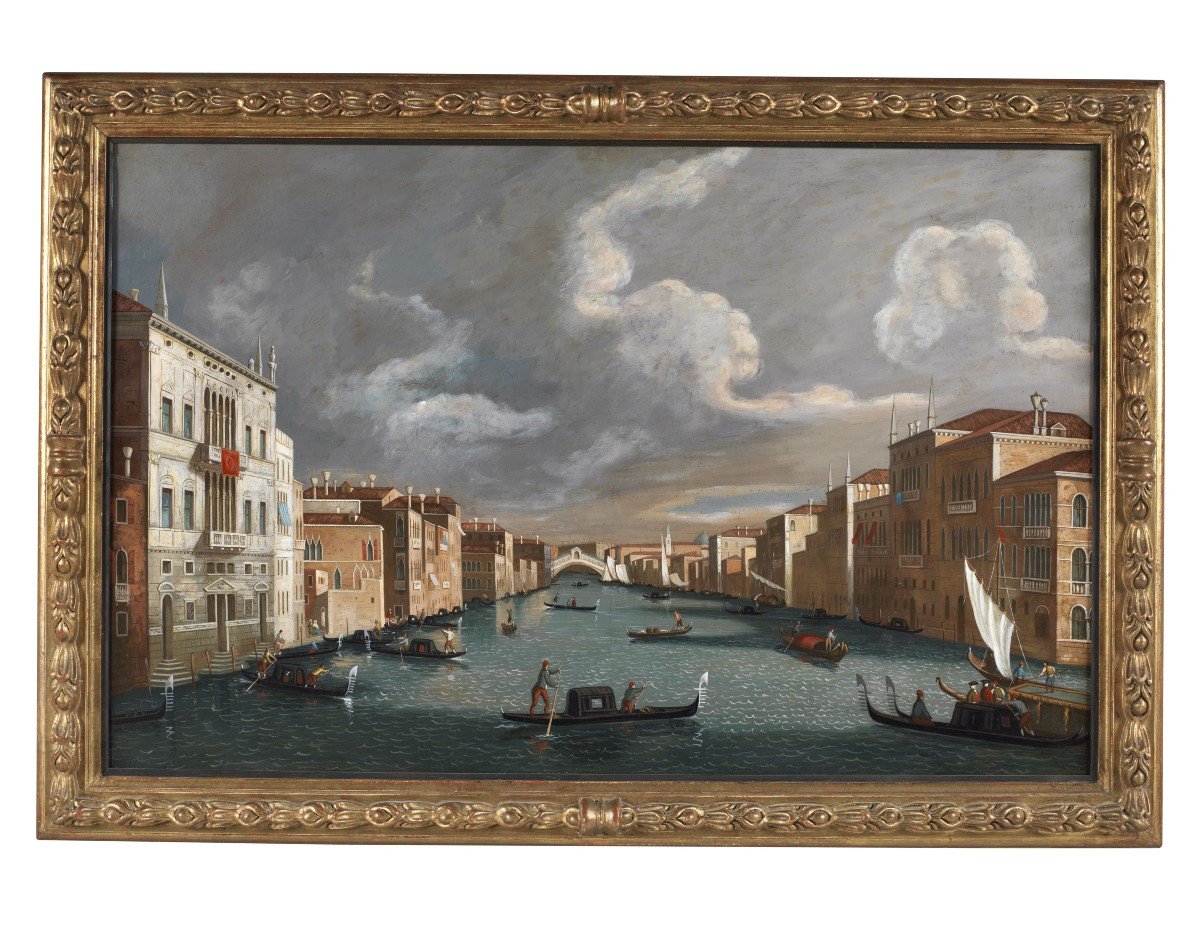


























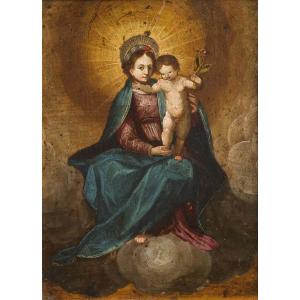










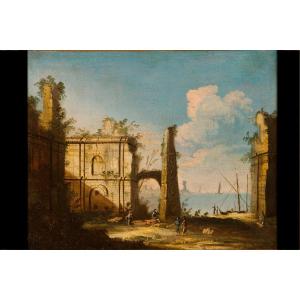
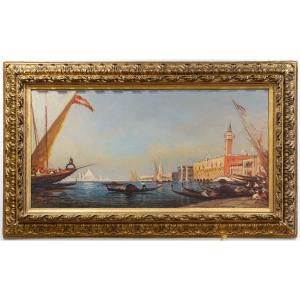

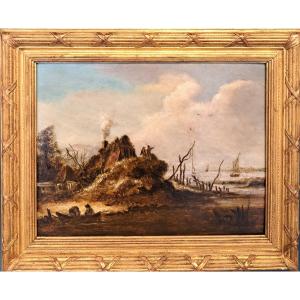



 Le Magazine de PROANTIC
Le Magazine de PROANTIC TRÉSORS Magazine
TRÉSORS Magazine Rivista Artiquariato
Rivista Artiquariato